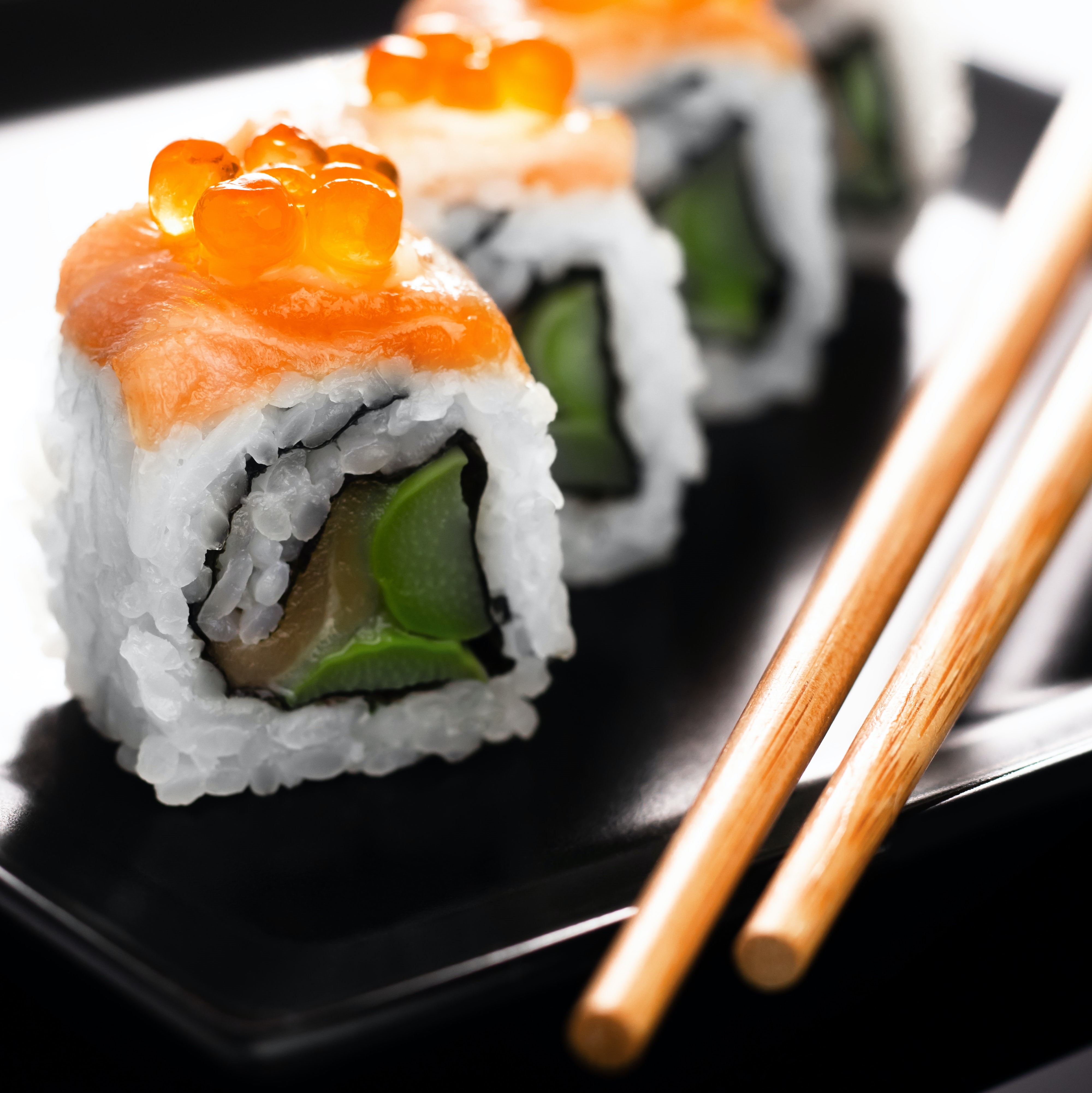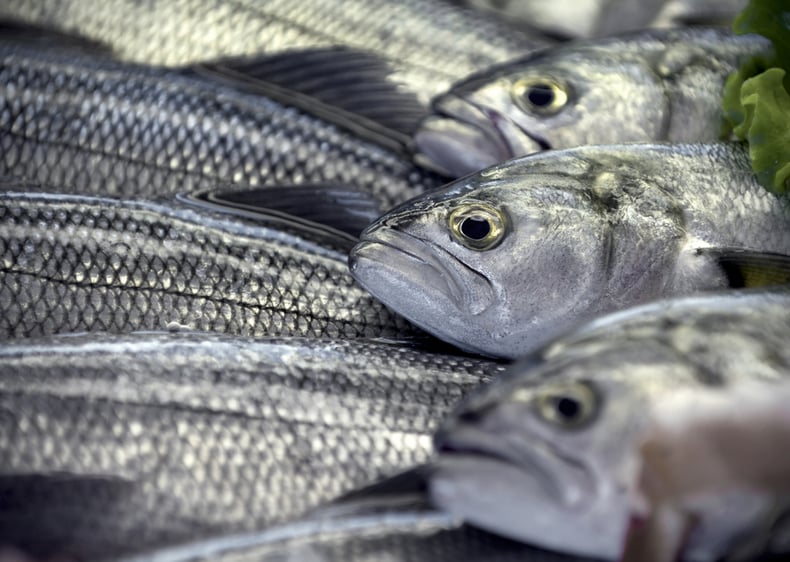Plant based alternatives are the next big trend for Fish and Seafood Sector. Plant-based innovation is a huge growth area for the food industry today, with meat substitutes being the fastest growing sub-category in this market. Plant-based meats saw a popularity increase of 152% in 2019, so it seems only logical that shellfish alternatives are being developed too.
Why are plant-based proteins so popular?
Consumer interest in alternative proteins is driven by concerns towards health, ethics and the environment.
Traditional fish and seafood consumption has been impacted by consumer concerns about over-fishing, marine pollution and the environmental impact of over-fishing on biodiversity. Some consumers are also worried about the health implications of micro-plastic contamination in fish and crustaceans, as well as growing levels of mercury in some fish species.

In short, greater awareness of pollution and over-fishing have made fish and seafood products less desirable to consumers. As a result, alternative fish and seafood substitutes are well positioned to become a competitively priced, healthier and more sustainable option.
The importance of taste in consumer acceptance
Ethical, health and environmental concerns may prompt consumers to seek out alternative proteins, but taste is definitely the deciding factor whether they will buy a product in the future.
It’s important to consider three things when building flavour for plant-based fish alternatives:
-
- Building the taste and body of basic fish flavour
- Creating a flavour profile reflecting specific species characteristics, and building back taste gaps
- Which culinary cooking cues will be added (e.g. smoked, canned, boiled or raw)
But the most challenging task when creating plant-based products is masking off-notes from the protein base, especially if a mix is used. For example, this is particularly troublesome for products made with texturized vegetable protein based or soy and pea proteins.
Getting the protein base just right
Choosing the right protein base is just the first step in creating a pleasurable eating experience. Nutritional content, functionality, texture, taste, sourcing and cost are all in play here.
-
- Soy has a high protein content, so it tends to be the first choice in fish and seafood substitutes. The flexibility and low cost is attractive, but soy is also an allergen, so this will not be the right choice for everyone.
- Pea protein has a similar profile to soy, and it’s popular as an allergen-free alternative, especially for higher quality products.
- Many manufacturers use a mix of pea and soy protein with wheat gluten to balance.
- Other plant-based proteins use oats, chickpeas, lentils, fava and navy beans, sunflower and flaxseed.
Market applications for plant-based fish and seafood
Fish and seafood substitutes are ideal for pre-prepared foods, as their shelf-life is often longer than traditional fish products. There are variety of new taste experiences which excite and intrigue customers. For instance, there is lots of opportunity to develop dishes inspired by global cuisine and spice blends in today’s market.

Asian flavour palettes are particularly popular right now – think teriyaki, red and green curry, and sweet and sour flavours – as well as spicy South American-inspired ingredients such as chipotle and jalapeno.
Want to keep up with the latest industry news? Subscribe to our mailing list here.
